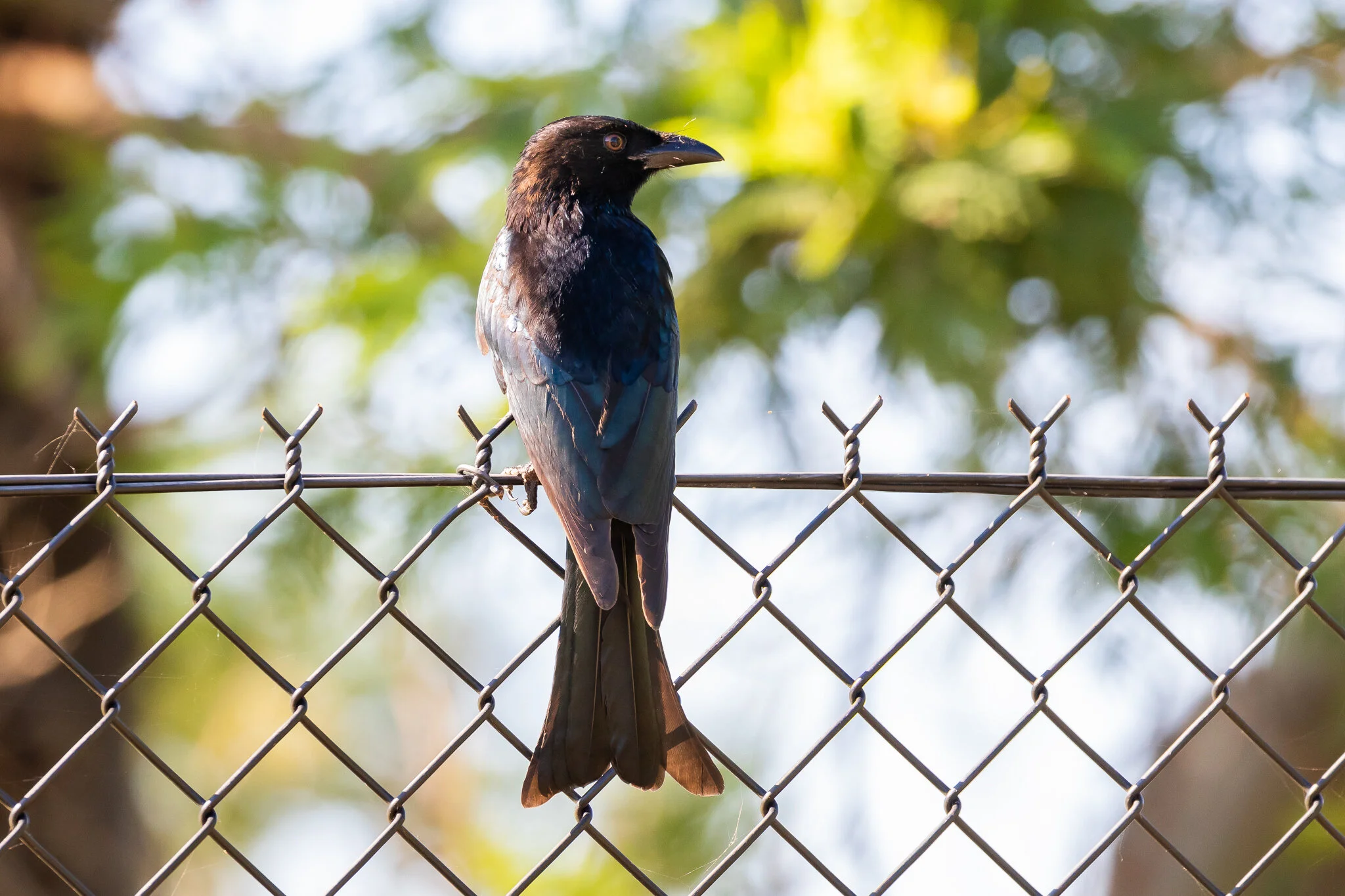The normally full pond at Randwick Environment Park in Sydney dried up at the start of the 2017-2019 drought and apart from some brief interludes has been dry ever since. East Coast Lows are described as extratropical cyclones by the weather bureau and despite Sydney missing the full force of this week’s storm there was enough rain on top of previous wet weather to fill the pond. The pond is now well above previous levels. Hopefully this will provide a basis for continued water and will again attract the wide range of birds that have been seen in this city haven.
This view from the western viewing platform shows the water level well above normal.
A handfull of water birds have already arrived and yesterday’s survey included Pacific Black Ducks, Australian White Ibis, two Chestnut Teals, a Purple Swamphen and an Australasian Grebe, seen here.













